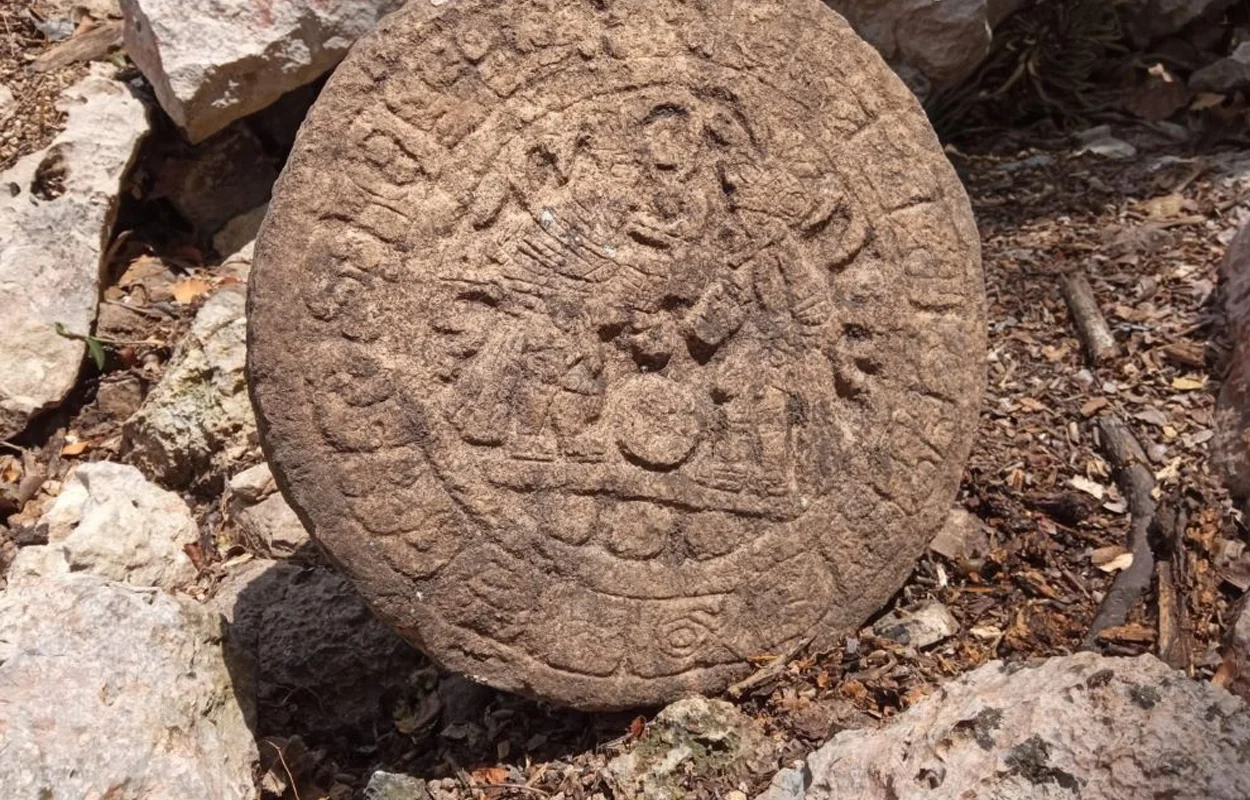Archaeologists have discovered a ball game marker with depiction of the Maya ballcourts at Chichén Itzá.
Chichén Itzá was a pre-Columbian city built by the Maya people of the Terminal Classic period. The city was a major focal point in the Northern Maya Lowlands from the Late Classic (AD 600–900) through the Terminal Classic (AD 800–900) and into the early phases of the Postclassic period (AD 900–1200).
Known simply as ‘pelota’ (‘ball’), the origin of the Maya ballgame can be traced back more than 3,000 years ago. The importance of this game is highlighted in the Popol Vuh, which narrates the history of the K’iche’ people and their rulers.
The game is depicted as a way to re-enact a battle between the forces of darkness and light as a religious event of regeneration that the Maya saw as integral to their continued existence.
Playing the game and making sacrifices were ways in which the Maya demonstrated their devotion to their gods. Scholars have differing opinions about which individuals were targeted for ritual killings during the games and the frequency of such sacrifices.
Archaeologists excavating in the Casa Colorada architectural complex, also called the “Red House”, discovered a ball game marker that dates from the Terminal Classic or Early Postclassic period.

The marker measures 32.5 cm in diameter and weighs up to 40 kg. The surface is decorated with a bas-relief glyphic band which surrounds an iconographic interior containing two figures that have been interpreted to be Maya ball players.
The band of inscriptions includes 18 cartouches indicating a date of 12 Eb 10 Cumku, which suggests a possible date of AD 894.
Describing the engraved image, archaeologist Santiago Alberto Sobrino Fernández explained that “the character on the left is wearing a feathered headdress and a sash that features a flower-shaped element, probably a water lily. In line with the face is a scroll, which may be interpreted as the breath or voice. The opponent wears a headdress known as a ‘snake turban’, whose representation can be seen on multiple depictions in Chichén Itzá.”
Header Image Credit : INAH





